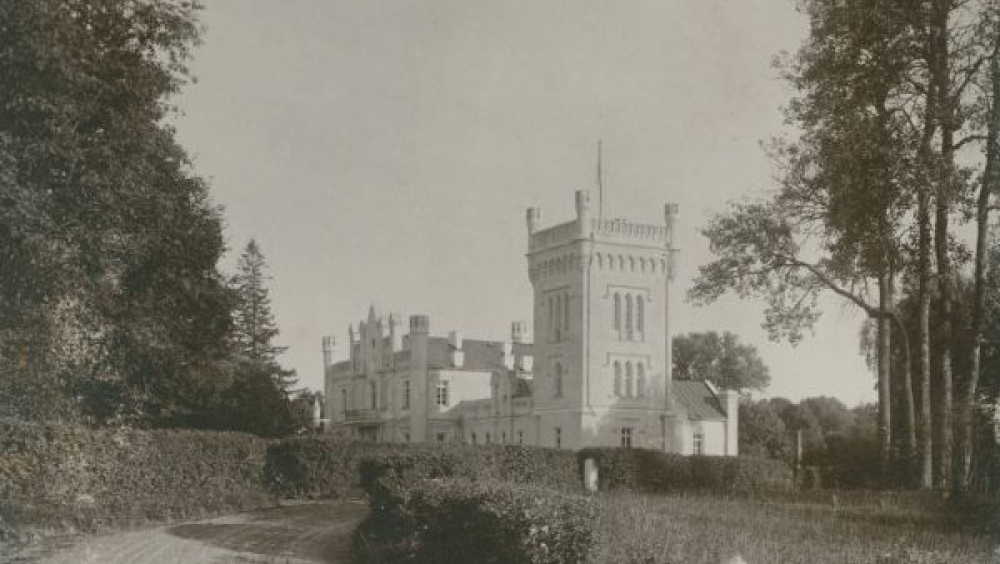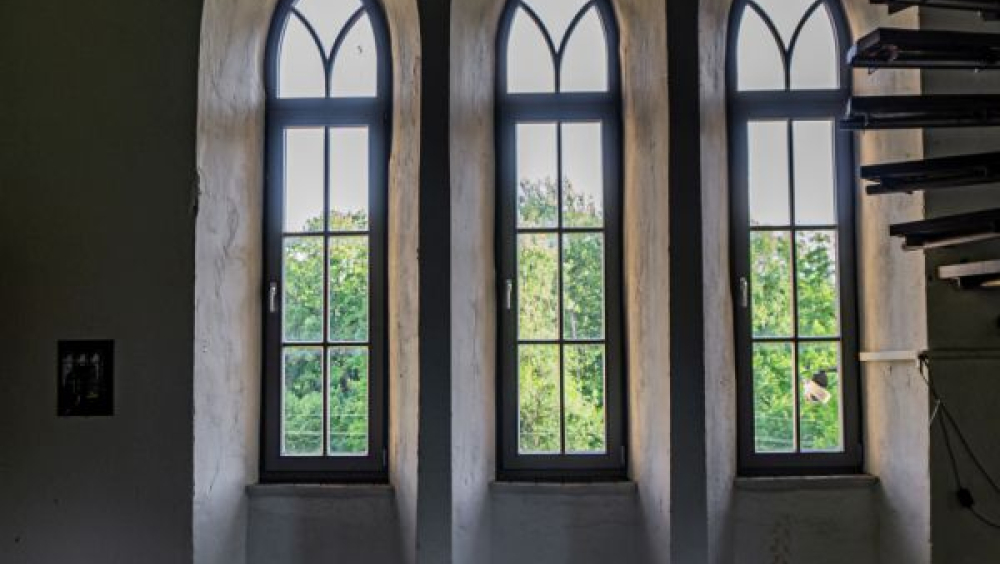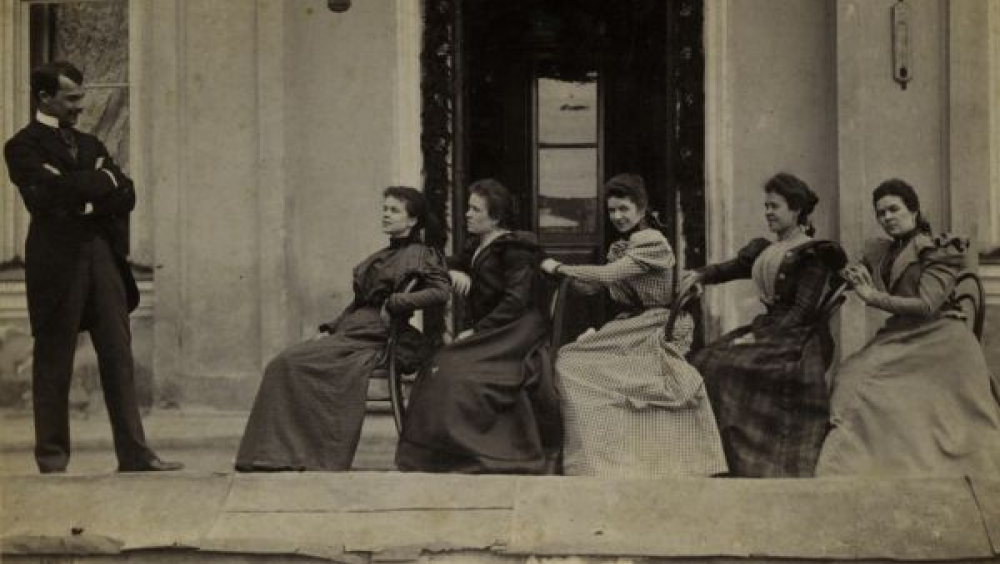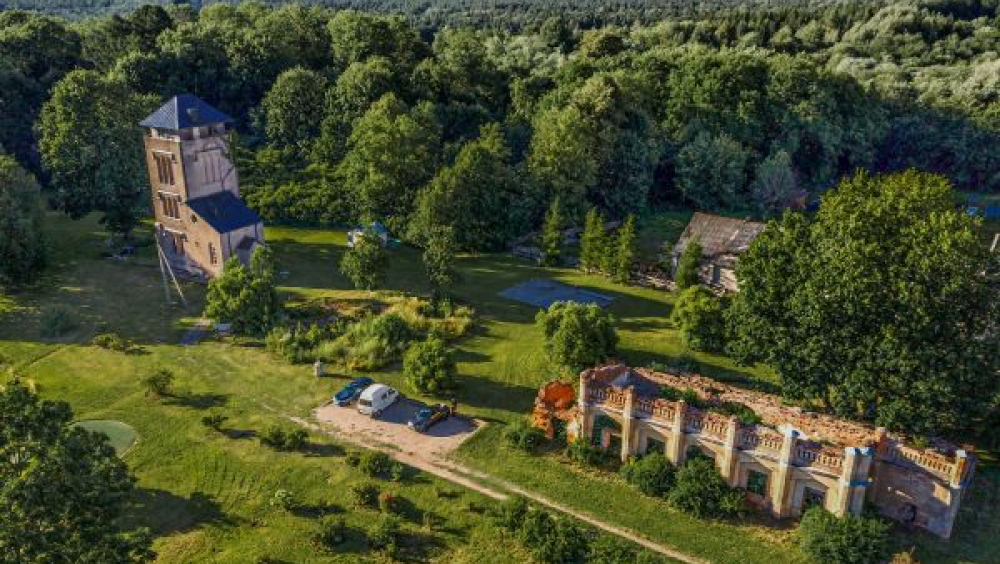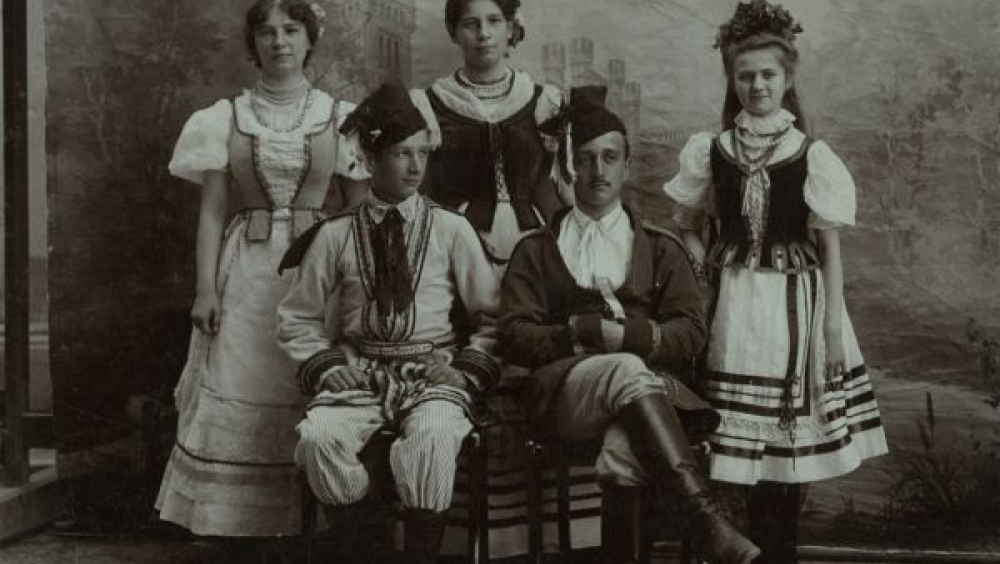Reflections of history
The story contains relation between Miramare and Wojtkuszki manor's architecture and European aristocrats lifestyle reaching us through photographs made at the end of XIX century as symbol of curiosity and interest to at that time new and modern technologies and expression forms. Relations between historical objects, countries, people, generations, epoch are reflected and summarized in photography, which is revealed to our eyes in the exhibition.
As counts Kossakowski were saying - we are not only Poles or Lithuanians - we are World citizens.
Two historical objects, two countries, two epochs - and invisible threads of coincidences, weaving architecture, inventions, art and craftsmanship into the elastic fabric of unexpected events.
Count Stanislaw Feliks Kossakowski, the owner of the Wojtkuszki manor, while traveling around Italy near Trieste around 1860, saw the Miramare mansion under construction, which in the Gulf of Trieste was already glowing with all the colors of neo-Gothic. Light and elegance.
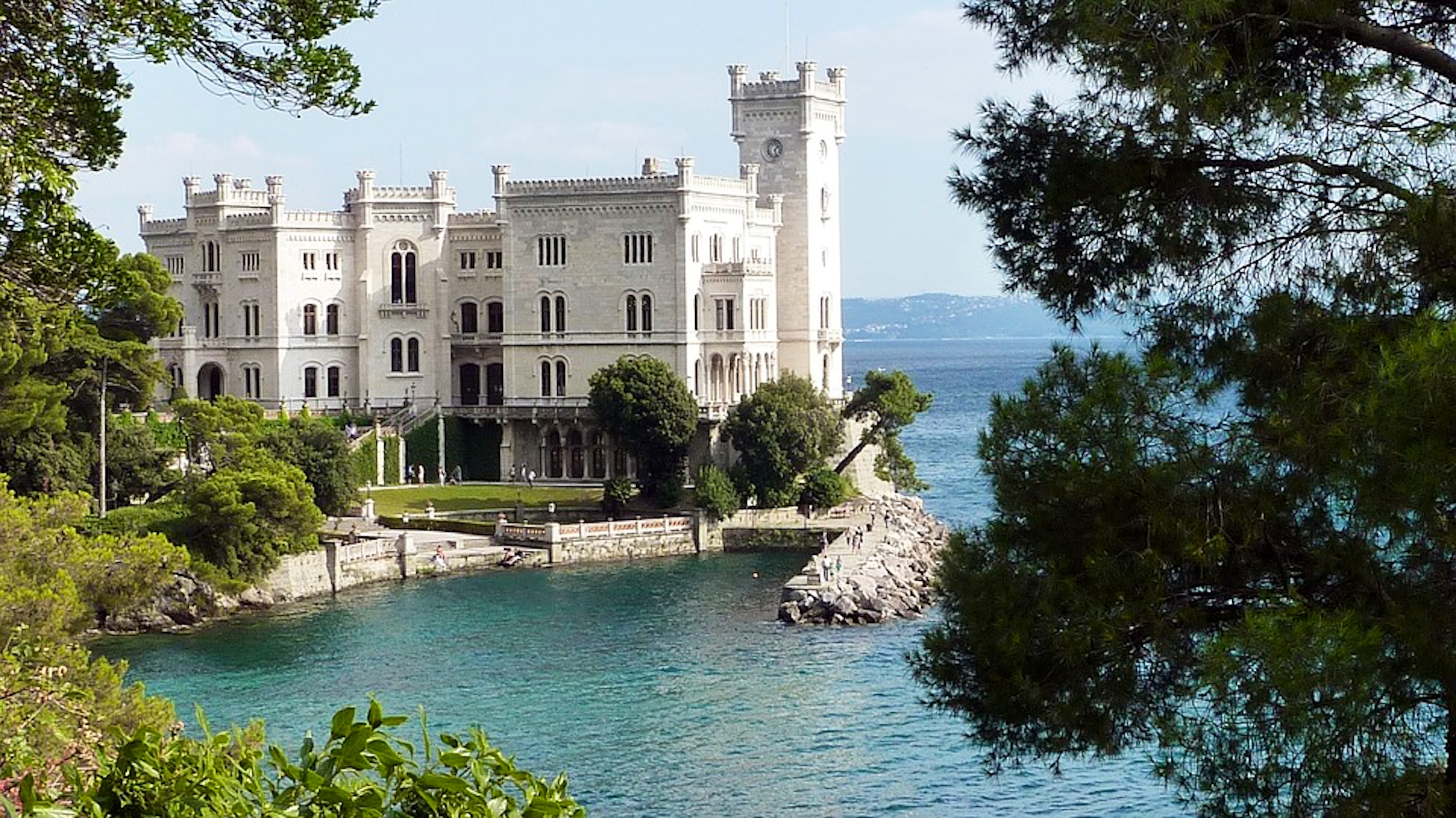
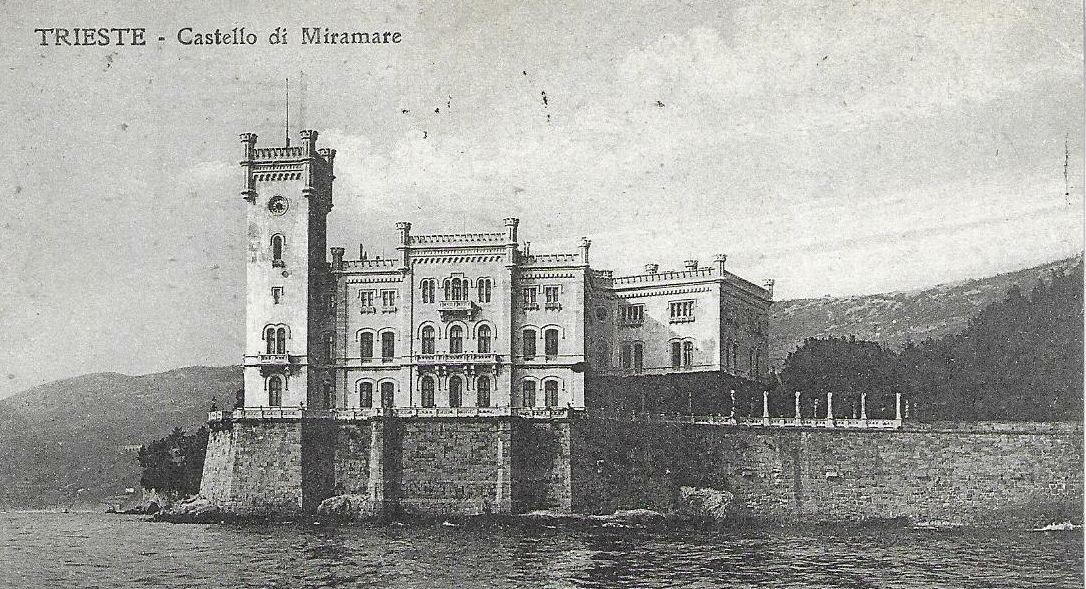
(The manor of Miramare was commissioned by Duke Maximilisn of Hapsburg with the famous Austrian architect Carl Junke and was completed in 1860. The manor was famous for its huge library and a rich gallery of paintings).
At first glance, Count Stanislaw Feliks Kossakowski fell in love with the pointed-edged windows and graceful stakes of neo-Gothic - a brief glimpse in Europe. The majestic view of the palace and the play of light just stunned. "And I want that" - the count decided and, according to his sketches, together with the self-taught architect Bonifac Pawlowski, over the course of three years, reconstructed the Wojtkuszki Palace in the neo-Gothic style - the architectural thread combined two countries and two objects. There were other coincidences: as well as Miramare, the Wojtkuszki manor was famous for its largest library of almost 12500 books and a large collection of works of art. Place was famous as a hotbed of culture – Anna, the second wife of Count Stanisław Kazimierz Kossakowski, was a poet, the count himself composed music and wrote plays. Even office building was converted into a real theater with a hall on two floors. Manor was famous all over Lithuania for its hospitality – if the guests got home too early, they found carriage with removed wheels – thus they were forced to continue their stay. Oddly enough, but most of the Wojtkuszki mansion visitors were noticing a special play of light, some kind of special aura, maybe because the mansion stood on a mountain? Like Miramare's mansion on the cape in the bay? Another connecting thread...
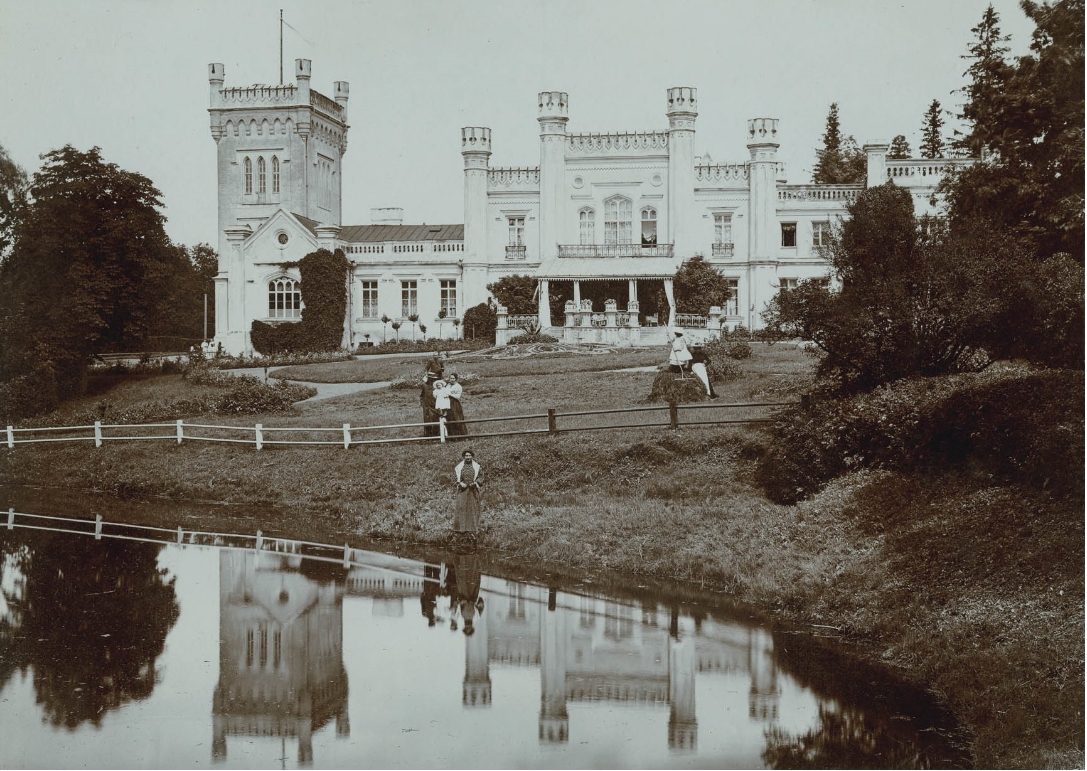
Many real estates, castles, and cultural objects in Lithuania, due to the tragic historical fractures, wars, and occupations of the country, were abandoned, completely destroyed or carried away for bricks. Many have not survived even in the images, only the descriptions and stories – so we can only imagine what they all looked like... In this sense, Wojtkuszki manor is extremely lucky, because Stanisław Kazimierz Kossakowski, the son of Count Stanislaw Feliks Kossakowski, was interested in the latest phenomenon in Europe - photography and, had bought the most up-to-date equipment of those times - assigned a whole room to this and in 1894 established there a photo lab. By 1905, 8000 photographs were taken, a large part is stored in the National M. K. Čiurlionis Museum in Kaunas, the rest in Warsaw. Photo studio had its own stamp and won many medals at various photo exhibitions. The photographs still feel the mood of those times, some special historical aura and light. Well, yes, and again the light...
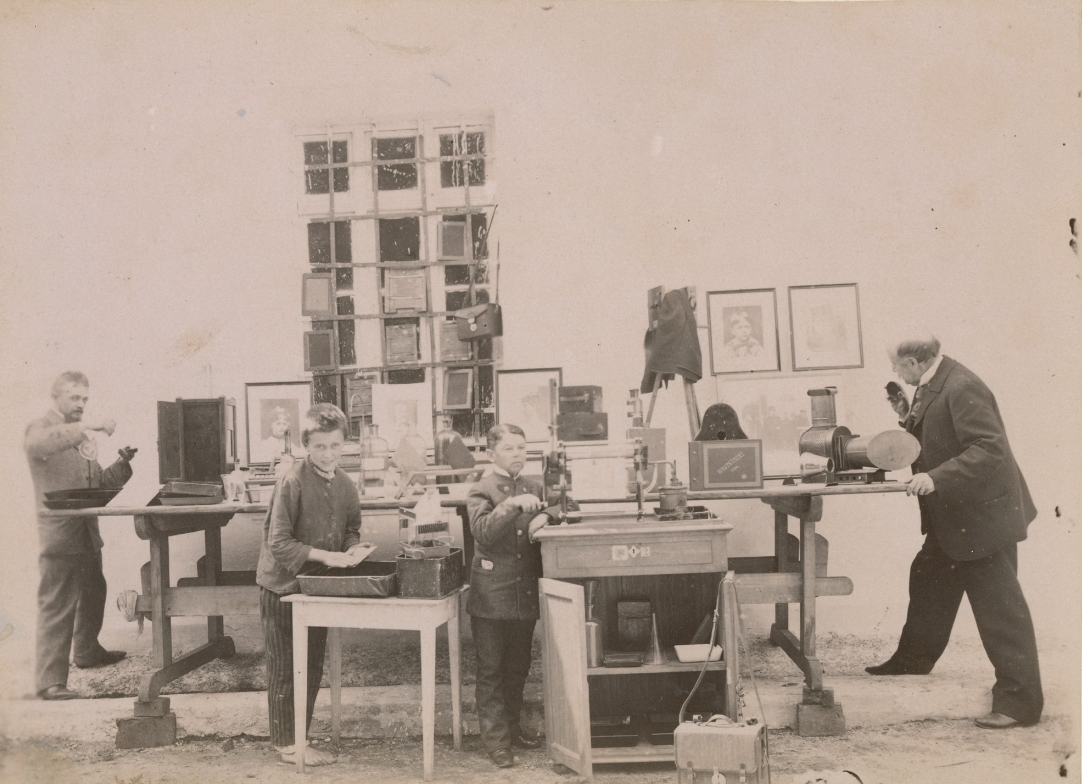
Photography is another thread in the net of our history, because with its help it conveys important visual information about the manor's buildings that have not survived to our days. Now modern architects has started restoration work and, using thousands of visual testimonies of the manor, are recovering former neo-Gothic palace to the small details. Knowing that Miramare palaces was restored and opened to the visitors last year, this creates us the hope that at one day the palace will shine again with its former greatness!
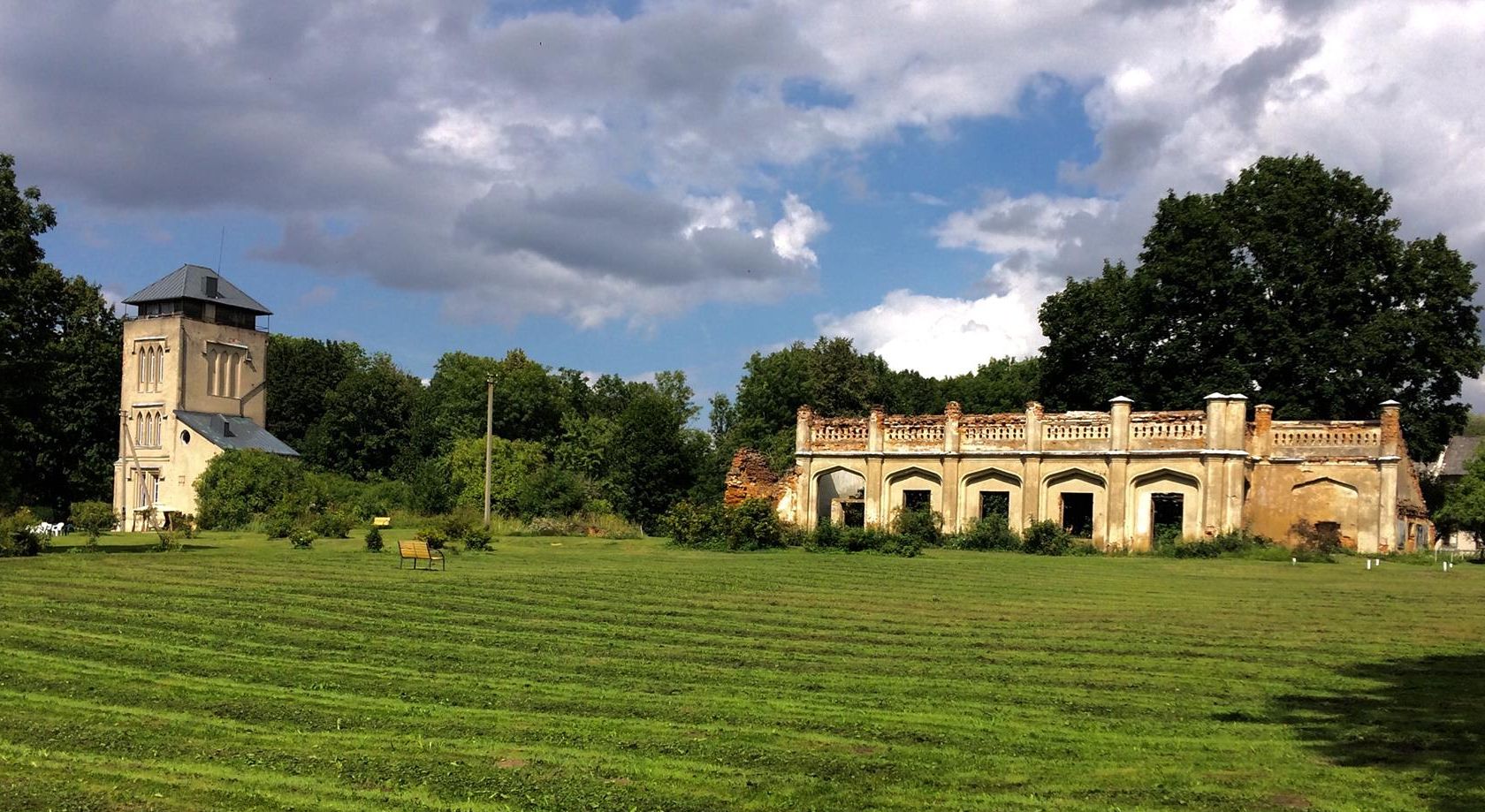
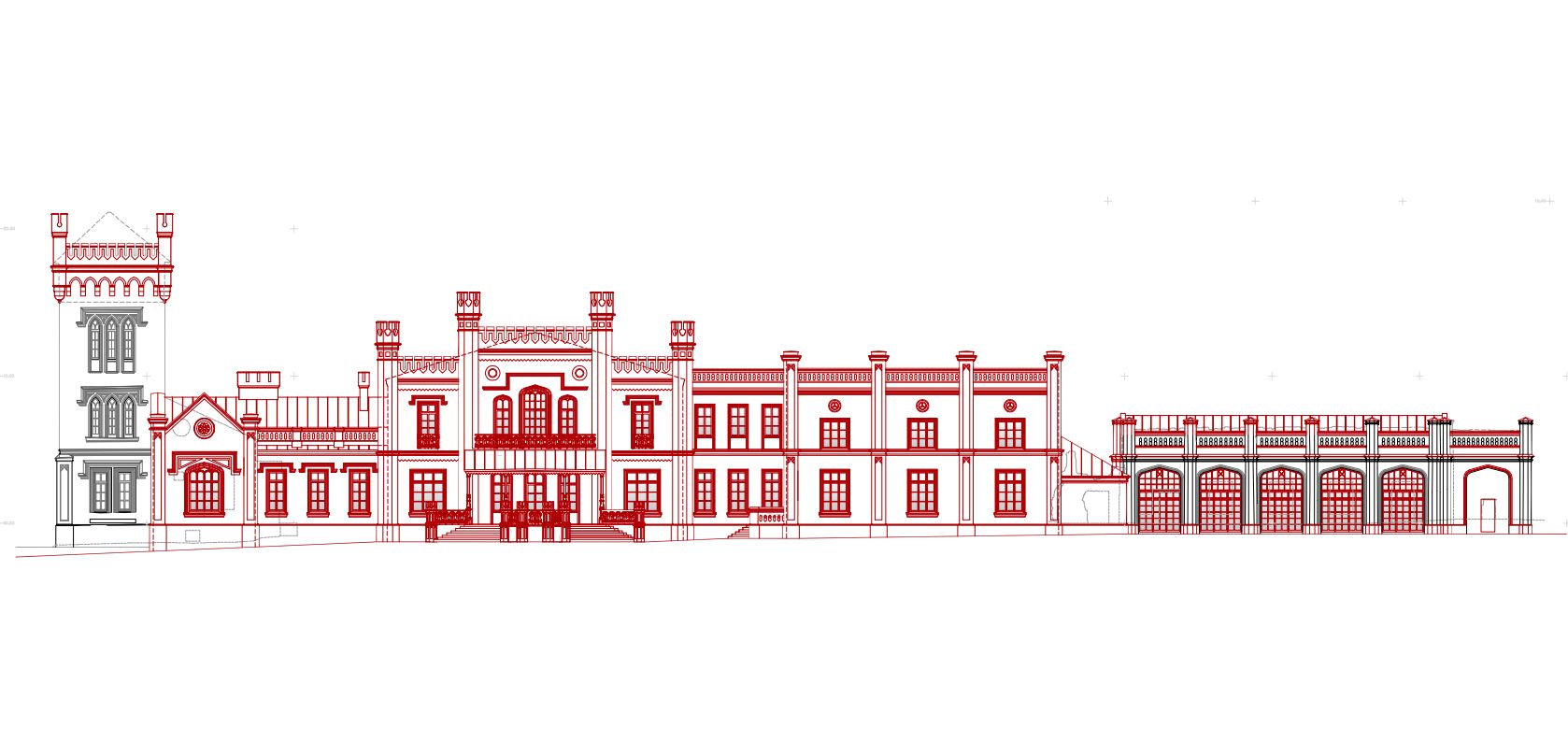
There is also a small dream, well how about without it - to buy the ancient photo equipment, and with the help of a colleague - researcher and enthusiast of old photo techniques - Mindaugas Meškauskas, to recreate the old count's photo lab in the manor and make a whole educational program there: photography with the old machine, production of photo materials, taking photos. This is well taught by Mindaugas, who even makes photo materials out of egg yolks. There are many lovers of photography in Ukmerge and the surrounding area who would be happy to contribute to the event. At the end of the education, training and plan air using the old photographic techniques, a common exhibition of local photographers and recognized Lithuanian photo artists would be organized. Undoubtedly, in the most honorable place photography of Stanisław Kazimierz Kossakowski would be found. (we hope that for such an occasion his works will be loaned by the M. K. Čiurlionis Museum).
We see that photography is not only a witness of ancient times or a vector of visual information, but it also unites people and countries and brings their ideas and vision of the world and history together through a photo lens into modern times.
Focus on links between heritage, history and culture. Connections between Italy, Poland, Lithuania in XIX, lifestyle of European aristocrats, spread of neo-Ghotic architectural ideas from Italy to Lithuania, common European values and photography as common language.
